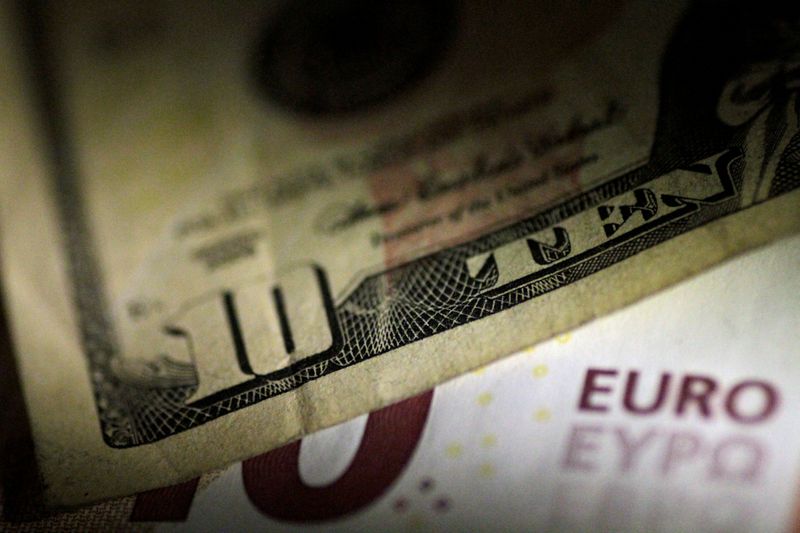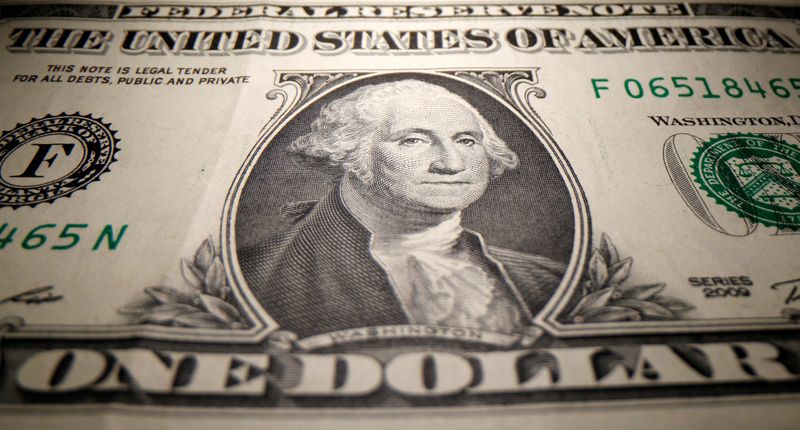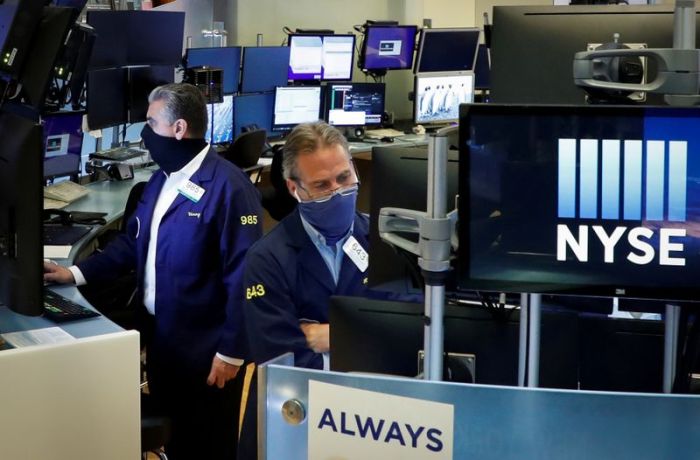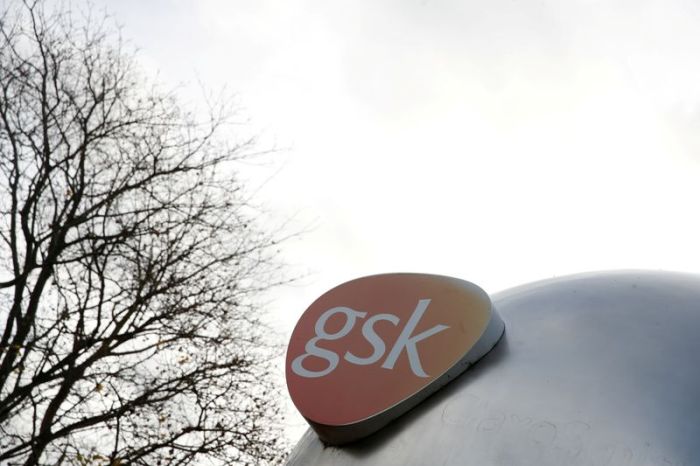NEW YORK (Reuters) – The dollar’s rebound slowed on Wednesday with the euro and Japanese yen holding near widely watched levels as markets looked for clues to their next move, possibly from the U.S. jobs report on Friday.
The euro hovered just above a two-month low of $1.20 as the yen spent a second day trading near 105.
The broader dollar index was up 0.07% at 91.145 in afternoon trading in New York after rising to a two-month high of 91.308 during the session.
The dollar is up 1.3% this year as investors see a widening disparity between the likely strength of the U.S. and European post-pandemic recoveries.
“The dollar bounce has slowed but may not be over,” strategists at Brown Brothers Harriman wrote on Wednesday.
The battle seems be between perceived U.S. advantages on economic growth and vaccination and an appetite for currency diversification and investment risk, the strategists said.
The euro barely moved on news that former European Central Bank chief Mario Draghi had accepted a request to try to form a new Italian government, even as European bond and stock markets cheered.
Nor did currency markets move on U.S. reports that hiring by private employers rebounded more than expected in January, and that service sector activity was better than expected and reached its highest level in nearly two years.
The ADP National Employment Report showed private payrolls increased by 174,000 jobs in the month, when economists were expecting an additional 49,000.
Though the ADP report has a spotty record predicting the private payrolls count in the U.S. government’s employment report because of methodology differences, it is still watched for clues on the labor market’s health.
Economists expect the closely watched government report due on Friday to show that U.S. nonfarm payrolls increased by 50,000 jobs in January.
The dollar’s advances have come despite a rally in equities and improving risk sentiment – a reversal of the traditional pattern.
However, many analysts expect that pattern to reassert itself as the year progresses, and see the dollar declining as global growth is supported by massive fiscal stimulus and ultra-easy monetary policies, which could kindle inflation.
The yen has been steady against the dollar after the greenback benefited from a long and massive bout of short-covering.
“It’s been a nice run for the yen in terms of strength, but I think there’s maybe some tiring of that move and some retracement,” said Bart Wakabayashi, Tokyo branch manager of State Street Bank and Trust.
(Reporting by David Henry in New York and Ritvik Carvalho in London; Editing by Kevin Liffey)























